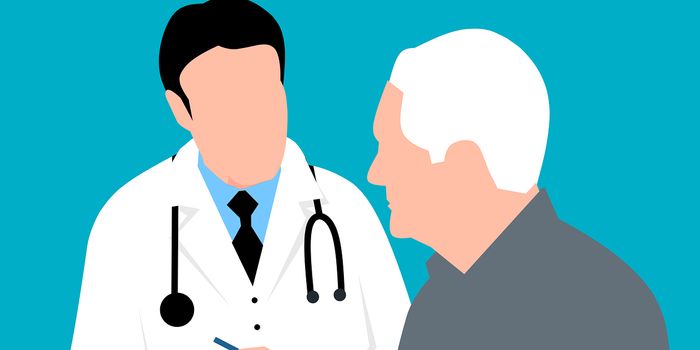A new kind of biosensor has been created by an international team of researchers; they made bacteria that are able to detect tumor DNA in another organism. Although bacteria have been modified and used for diagnosing various things before, this is the first time bacteria that recognize specific sequences of DNA have been developed and used outside of cells. This technology was tested in a mouse model of colon cancer, and it could open up new diagnostic approaches for infectious diseases and other disorders. The technique, which has been called cellular assay for targeted CRISPR-discriminated horizontal gene transfer (CATCH), has been reported in Science.
"As we started on this project four years ago, we weren't even sure if using bacteria as a sensor for mammalian DNA was even possible," said senior study author Jeff Hasty, a professor at the University of California San Diego. "The detection of gastrointestinal cancers and precancerous lesions is an attractive clinical opportunity to apply this invention."
Bacteria are good at taking up DNA from other cells and their environment. Tumors are made up of clumps of cells, which all contain DNA. Some of those tumor cells shed DNA into their environments, and that DNA can be collected, isolated, and analyzed. The research team wanted to modify bacteria into biosensors that could be used inside of the gut, and used a bacterium called Acinetobacter baylyi. In the CATCH system, these bacteria are can collect DNA and compare the sequences to known sequences, some of which have been linked to the development of cancer.
In this study, Acinetobacter baylyi was made to recognize DNA from a specific gene called KRAS, which his often mutated in cancer. The bacteria carry a CRISPR system that can differentiate between mutant and normal KRAS sequences. So only bacteria that absorb mutant KRAS sequences, like those shed from precancerous polyps or cancer, will signal or respond to disease.
"It was incredible when I saw the bacteria that had taken up the tumor DNA under the microscope. The mice with tumors grew green bacterial colonies that had acquired the ability to grow on antibiotic plates," explained study co-author Josephine A. Wright of the South Australia Health and Medical Research Institute.
Now the engineered microbes are being refined and improved with new gene circuits in other types of bacteria, so this method can be used to detect or possibly treat other disorders.
"There is so much potential to engineer bacteria to prevent colorectal cancer, a tumor that is immersed in a stream of bacteria, that could help, or hinder, its progression," said study co-author Susan L. Woods of the University of Adelaide.
Sources: University of California - San Diego, Science









